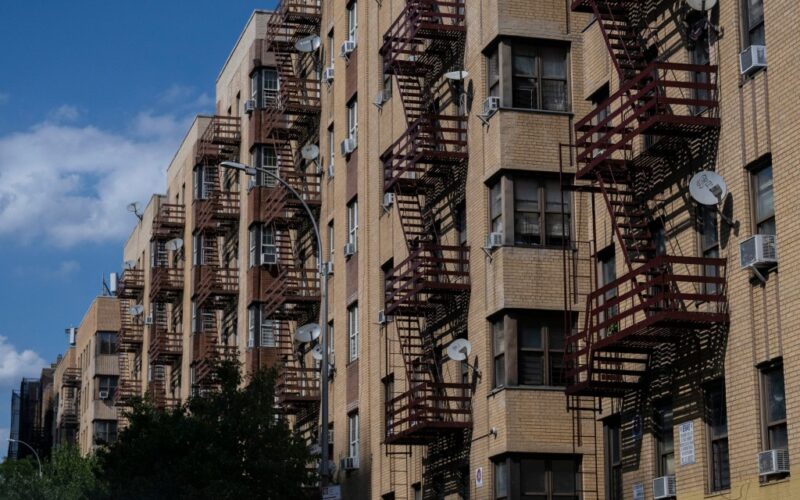New York City’s worst kept secret is how difficult it is to find an affordable home. In a recent mayoral poll, 49% of voters deemed the city “very unaffordable,” with only 7% considering it “very affordable,” and 37% ranked “cost of living” as their most important issue. This lack of affordability is one of the main reasons why New York State has one of the highest outmigration rates in the country. If we want to keep our residents from moving out, we have to give them affordable homes to move into.
Affordable housing developers and social service providers like myself and the Bowery Residents’ Committee are determined to create new homes, but outdated policies and mounds of red tape stand in our way. While the City of Yes for Housing Opportunity was a step in the right direction, we must make the development process quicker and easier if we’re serious about improving New York City’s historically low 1.4% rental vacancy rate and meeting our goal of building at least half a million homes by 2032.
That’s where the Charter Revision Commission’s ballot proposals come in. Four of the proposals up for consideration — Questions 2 through 5 — directly address the housing crisis by making it faster, fairer, and easier to build the affordable homes New Yorkers need.
Right now, as New Yorkers await affordable homes, projects across the city are being held up by an approval process known as the Uniform Land Use Review Procedure.
While the intention of ULURP is to incorporate community feedback on zoning changes, the reality is that it often delays, or even prevents, much-needed affordable housing from being built. Projects can remain in pre-development for years — sitting in limbo while the housing crisis intensifies, and there’s no guarantee that after all that time, the project under review will be given the green light to move forward.
Affordable housing developers should be incentivized to pursue as many projects as possible to increase New York City’s housing pipeline. But under ULURP, we’re forced to pick and choose — ultimately pursuing fewer projects given our limited resources and the uncertainty that the lengthy approval process brings.
Question 2 would reimagine this process to expedite housing creation. Under this improved system, the Board of Standards and Appeals would replace a full ULURP for publicly-financed affordable housing projects. This question would also fast track affordable housing creation in the 12 Community Board districts that currently build the least affordable housing, streamlining the review process in those areas of the city.
Today, affordable homes are distributed unequally across the city — concentrated in districts where the local councilmember favors housing creation. Due to a practice known as “member deference,” the Council typically votes with the local member on land use issues, leading to disproportionate production numbers based on personal stances toward development. Last year, four City Council districts produced 38% of the city’s new affordable housing, while 10 districts produced fewer than 10 units, and two districts produced none at all.
In the midst of a historic housing crisis, it’s unacceptable and untenable for a small number of districts to bear the burden of affordable housing production for the entire city. Question 4 would help level the playing field by establishing an Affordable Housing Appeals Board — composed of the City Council speaker, relevant borough president, and mayor — that could reverse City Council decisions that reject or modify applications to create affordable housing, replacing the mayor’s veto.
This would open up a world of opportunity for affordable housing developers, who for years have opted not to pursue projects in certain neighborhoods — already aware of the fate that awaits them. We would no longer have to choose the path of least resistance to deliver urgently needed affordable homes, and New Yorkers would no longer be locked out of entire communities due to socioeconomic status alone.
Questions 3 and 5 would be beneficial to New York City housing, as well — expediting public review for projects that propose modest housing increases and community assets and digitizing the City Map, respectively. Combined with Questions 2 and 4, they would bring our housing system into the 21st century and help us tackle this crisis head on.
This election, it’s time to come together for New Yorkers by voting in favor of Questions 2 through 5. New York City should be more affordable; it can be more affordable; and with your help, it will be more affordable — for all of us, and for generations to come.
Rosenblatt is CEO and president of the Bowery Residents’ Committee.








